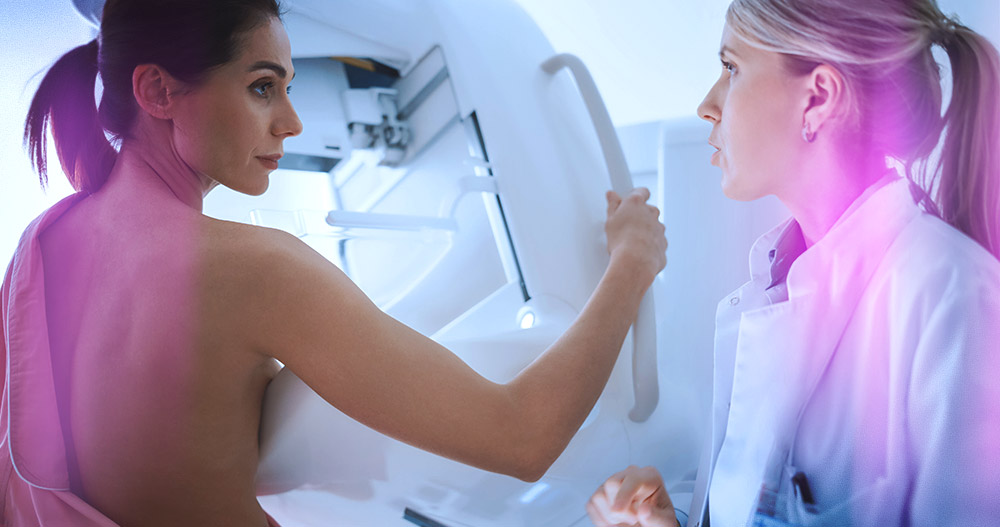RadNet Responds to New USPSTF Breast Screening Recommendations

The U.S. Preventive Services Task Force (USPSTF), an important advisor on preventive health services, reversed a key breast cancer screening guideline yesterday. In a draft statement, the group now recommends that women get mammograms every two years starting at age 40, not age 50, as it stated previously. RadNet, the nation’s leading provider of freestanding, outpatient diagnostic imaging services, welcomes the USPSTF’s lowering of the starting age for breast cancer screening. However, RadNet believes that the Task Force should also adjust its recommendation on the appropriate interval between screenings. RadNet believes that all women at average risk should get screened every year beginning at age 40.
The USPSTF lowered the recommended starting age for breast cancer screening to age 40 in response to an increase in breast cancer diagnosis in younger women and persistent mortality rates for Black women. “These updated, science-based recommendations by the USPSTF for women to begin mammography screening at age 40 are most welcome,” according to Jacqueline Holt, MD, FACR, and Medical Director of Women’s Imaging at Delaware Imaging Network. “However, most lives are saved by annual screening."
RadNet performs approximately 1.5 million screening mammograms every year. Our own data and multiple studies support our stance on annual breast screening: early detection saves lives. When a malignant or invasive cancer is found in an early stage, it is easier to treat. When breast cancer is found at Stage 1, the five-year survival rate is over 99%. Annual screening helps clinicians detect changes in a patient’s breast tissue over time and accurately assess any suspicious findings as quickly as possible. For these reasons, RadNet maintains that women should not delay screening until a later age, and that the optimal interval for a mammogram is every 12 months.
The USPSTF seems concerned about theoretical harm from annual mammography screening, such as radiation dose, false positives, and anxiety. The radiation dose from digital breast tomosynthesis or three-dimensional (3D) mammogram is comparatively small. The radiation dose for a 3D mammogram is equivalent to that received by flying across the country 10 times or living in Denver for one year. Also, 3D mammography has fewer false positives than older technology. RadNet mitigates the risk of false positives and recall rates even further by leveraging Artificial Intelligence (AI) in mammography. In addition to risk mitigation, AI has the potential to detect breast cancer earlier and to improve diagnostic accuracy.
Regarding patient anxiety, breast cancer screening is no different than that of other recommended preventive services. Lastly, the harm from missing an interval cancer far outweighs any of the concerns outlined above.
Early detection enables the best outcomes for women, often saves lives, and lowers the cost of treatment for the patient and our overall healthcare system. Most prominent healthcare organizations, such as the American Cancer Society, Society of Breast Imaging, American College of Radiology, American College of Obstetricians and Gynecologists, American Medical Association, and American Society of Clinical Oncology, advocate for annual screening as the optimal tool for early detection. The U.S. Congress also passed the “Protecting Access to Lifesaving Screenings Act” (PALS Act), bipartisan legislation that supports annual breast cancer screening starting at age 40.
RadNet is very pleased to see that the USPSTF has lowered the starting age for breast screening in its latest draft guidelines. We also maintain that a screening mammogram every 12 months is the best possible defense against breast cancer for all women of average risk.


